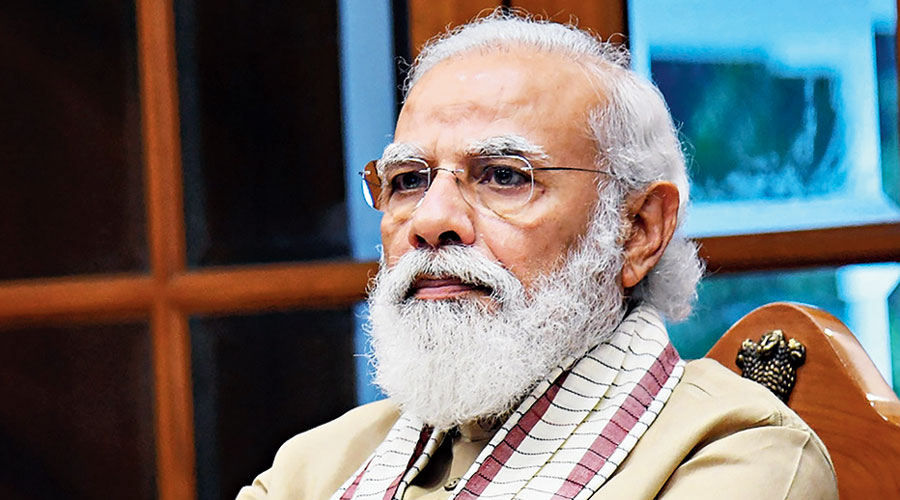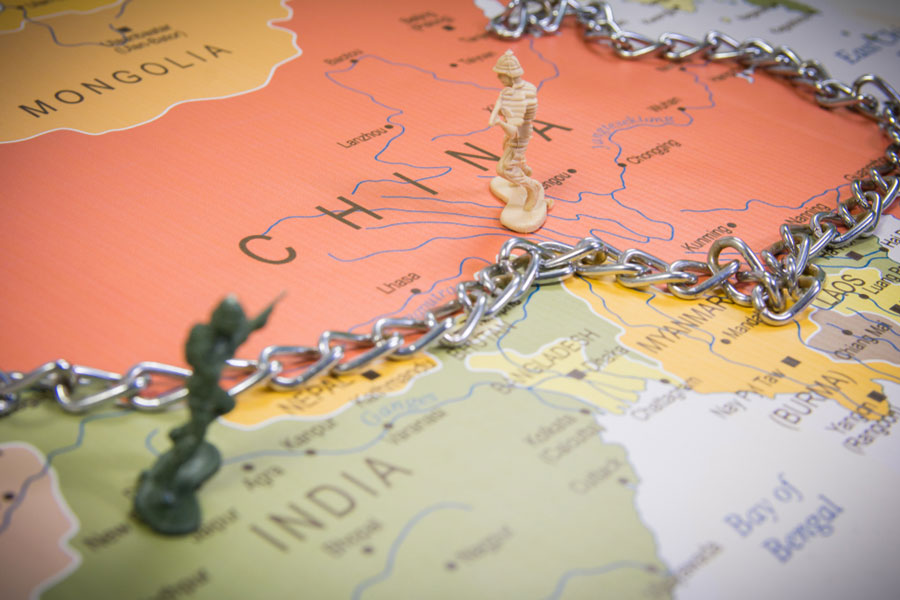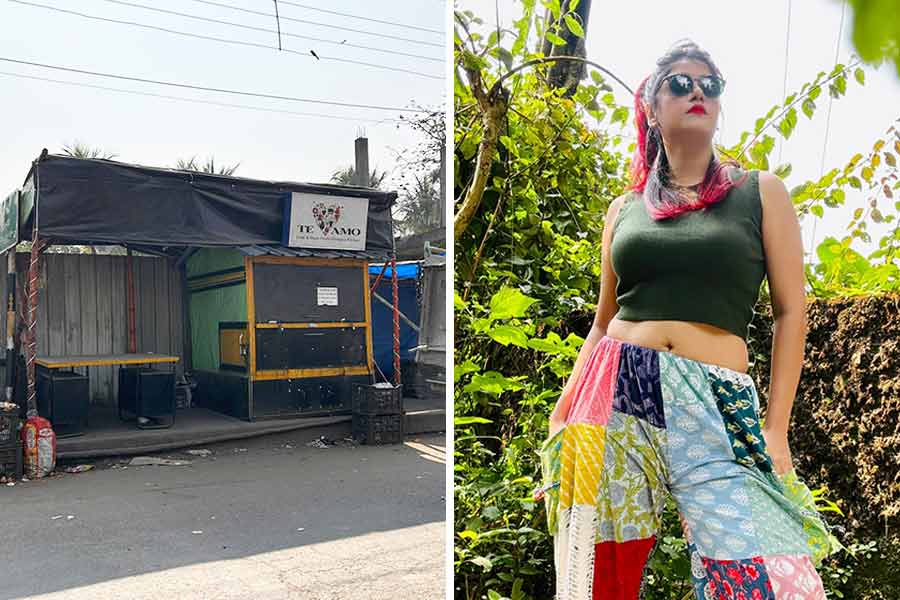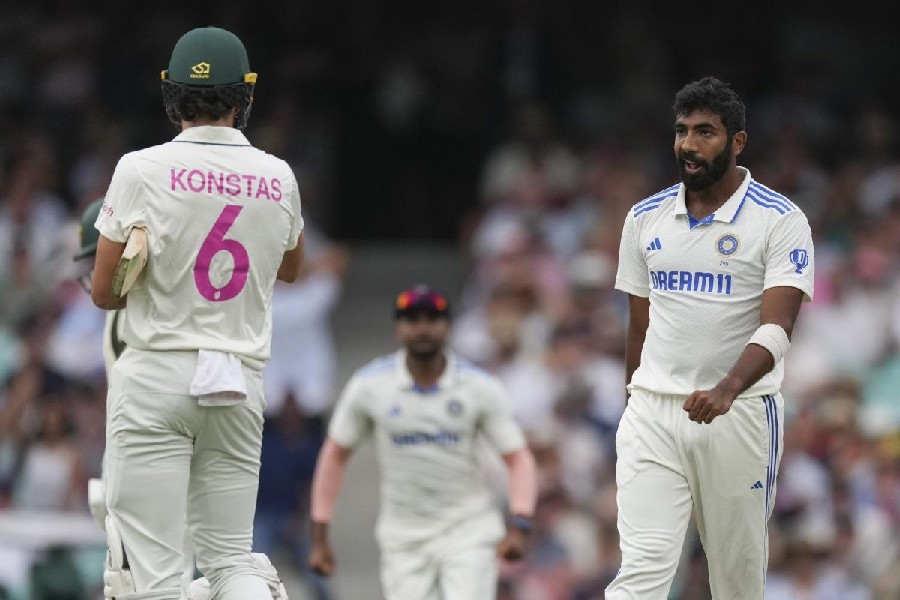On Independence Day, the prime minister had announced that his government might raise the legal age of marriage of girls from 18 to 21. A high-level panel looking into the average age of motherhood, efforts to lower maternal mortality rates, and the health and nutritional status of young women had been appointed, and its report would help the government fix the ‘right’ age of marriage for women. The prime minister repeated the promise last Friday. The panel’s job is certainly important. Raising women’s age of marriage would do away with gender discrimination since men can marry legally only at 21, allow girls to continue studying and enhance women’s participation in the workforce. Why does minor marriage continue in India in spite of laws against it? The report, Young Voices: National Working Group, based on consultation with 2,500 young people, says that the causes of minor marriage lie in poverty, traditional ideas about marriage and the desire to control female sexuality in a male dominated system. These cannot be addressed by a change in legal age of marriage. Instead, poor families afraid of dowry — another outlawed evil — would tend to get their girls married quickly, while elopements with bleak consequences, including honour killings, would rise. The remoteness of law from lived experience can be seen in the spurt of child marriages during the pandemic when economic stress increased.
The prime minister has proudly cited the fact that the gross enrolment ratio of girls has overtaken that of boys for the first time as an argument in favour of raising girls’ age of marriage. Yet a recent report shows that in the 15-29 age group — education becomes optional after 14 — only a little above 25 per cent of girls are engaged in learning activities. In January, a report from the Right to Education Forum showed that 40 per cent of girls aged 15-18 are not attending school and 30 per cent have not seen a classroom. The lowering of the school education budget from 4.14 per cent in 2014-15 to 3.40 per cent in 2019-20 seems peculiar given the government’s declared objectives. Social workers’ reports claim that it is the absence of facilities for secondary education that often lead to early marriage, not the other way round. But the prime minister will know what is best.











